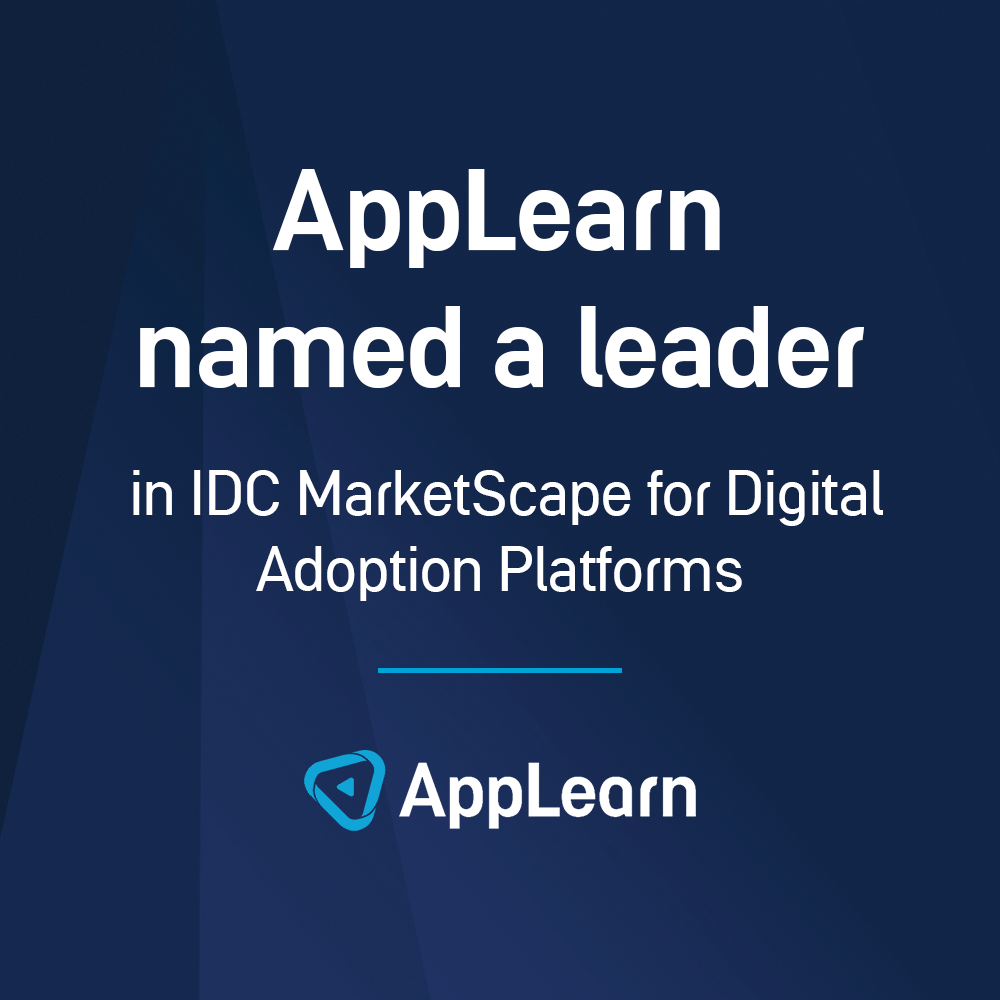News
Why software onboarding matters for HR & HCM tools
Why software onboarding matters for HR & HCM tools
Software onboarding, or sometimes SaaS onboarding, is essentially the process of introducing employees to your organization’s software systems and digital tools. It means giving people the knowledge, training and experience needed to use said tools effectively—ideally within the experience of using the software itself.
Onboarding often begins when a new person joins a company, typically overseen by the HR department, and software onboarding plays a big role in this. After all, think how many different applications you might need to get to grips with in the average organization nowadays. Our own research with YouGov suggested that 76% of employees spend up to 6 hours a day using business applications on average.
However, software onboarding isn’t limited to just new starters. It also matters when an organization is introducing a new application for the first time and needs to get existing employees up to speed on it. This includes HCM (Human Capital Management) systems and other HR applications.
Why focus on your HR software onboarding process?
So, what does software onboarding for HCM software, such as Workday, Cornerstone or SAP SuccessFactors, mean?
Think back a few years, and HR departments often had to handle huge amounts of often paper-based admin e.g. sharing pay slips and processing annual leave requests. Now, HR and HCM-specific software has brought these tasks into a digital age and given employees themselves more responsibility to self serve tasks such as accessing their pay slips or booking time off.
Typically, non-HR employees might not spend as much time in HR or HCM applications as other platforms, given they might not be used to complete their day-to-day work. However, these applications still handle a lot of important aspects of their working lives: a place to access key company information, benefits, requests and even performance evaluations, training and career development.
Despite this, there’s often a perception that using these applications isn’t as important as using software that supports people’s core work. It can skew the approach to HR and HCM software onboarding, which might not be given the same level of focus as other applications. By not thoroughly onboarding people to these applications and giving them the right training – that takes into account their role, responsibilities or even tech savviness – you risk equipping people with HR and HCM tools they don’t fully know how to use.
What should HR and HCM software onboarding involve?
Given this, software onboarding should be considered carefully when introducing people to a HR or HCM system for the first time. Your goal should be to help new employees become productive on the platform(s) as efficiently as possible.
A good process should be planned for the long-term and focus on giving people the knowledge, skills and resources they need to use applications properly. It should look to improve the consistency of application training across the board. Make sure that employees receive the same quality of information and training, but be flexible to tailoring it based on role, location or prior application knowledge.
Will different teams be using different functions within Workday, maybe for recruitment purposes as well as personal HR requests? If so, does their training account for this? Are you rolling out an application in multiple territories, and if so, are your welcome messages and support materials translated into different languages?
It’s also important to consider if you use multiple applications for different HR needs. If so, it’s likely that these applications will vary in terms of user interface, access to support and onboarding – is there a way that your organization can introduce more consistency across these and streamline the experience for employees? What about embedding the same support experience across every app they touch? We know a thing or two about this.
By putting a software onboarding process in place for HR and HCM systems, you can, in turn, streamline onboarding significantly. Providing access to all necessary training materials related to the application, or even automating much of the admin associated with bringing new employees onto it, could save your organization time and resources in getting people up to speed on the software more quickly.
Software onboarding is an important part of the employee experience, and plays a crucial role in helping employees become productive and successful members of the team.
When it comes to HR and HCM systems specifically, by giving real focus to the onboarding process, you’re setting your people up for success when using these key applications. You can avoid user frustrations, help them overcome tech challenges and give them proper software support – which might ultimately lead to higher levels of employee engagement across the board, beyond your HR tools.
Getting a smooth process in place for your HR and HCM software might be seen as a daunting task – we get it. That’s why we’re here to help. We have years of experience deploying our digital adoption platform into hundreds of global clients – helping them to get the most out software including Workday, Cornerstone and SAP SuccessFactors.
Article by
Daniel Gripton
Share this article





